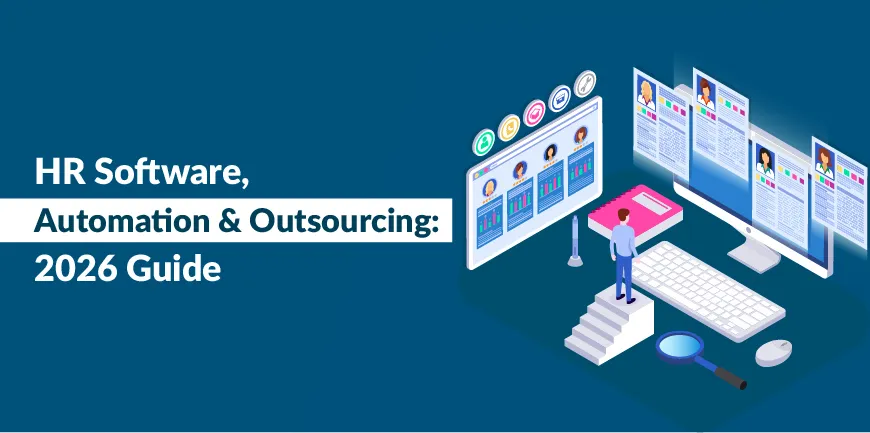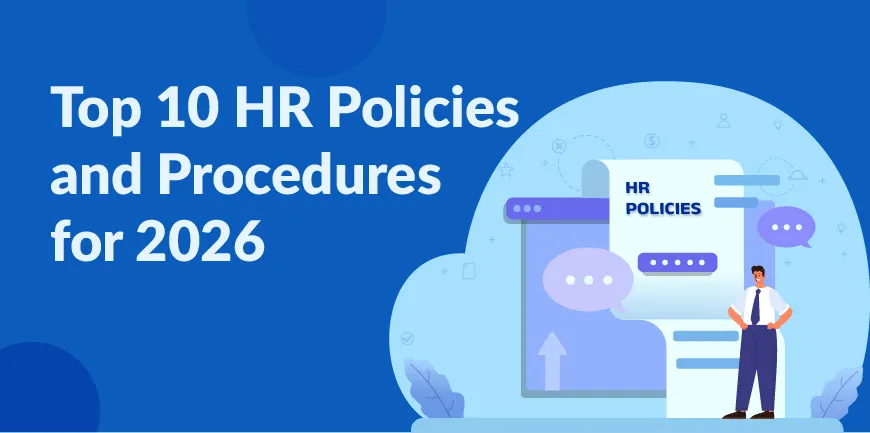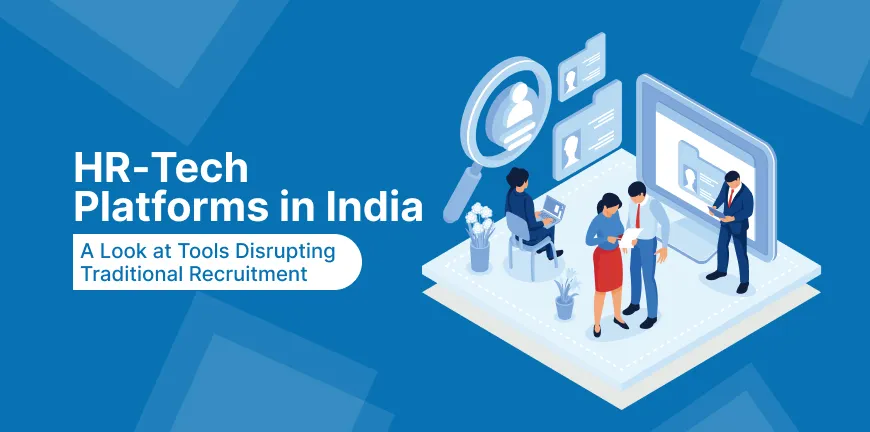
What Is Leadership Style? Top Styles Every Manager Should Know in 2025
07/09/2025
29 Essential HR Metrics for Data-Driven HR Teams in 2025
08/09/2025The healthcare talent arena is facing the heat today, with patient demand soaring, constant digital transformations occurring, and worldwide manpower shortages driving the healthcare sector to reimagine and reform its policies and approach to draw and sustain niche talent.
Michelle Mitchell, CEO of Cancer Research UK, has said.
“Employees have a positive experience, make a life-changing impact … They appreciate our approach to flexible working, wellbeing and inclusion, and they live our values.”
In this state of affairs, a stealthy Employee Value Proposition (EVP) becomes an essential strategic factor. An EVP caters to the finer aspects of organizations, making them unique as an employer, characterizing the concrete and unseen benefits employees receive in lieu of their skills and contributions.
Healthcare is literally our lifeline, and a robust and reliable EVP can make all the difference.
Why EVP Matters in Healthcare
The health care industry, like other sectors, has also become a competitive battlefield where organizations today are not only competing among each other but also with other sectors.
Their fight is to find and keep top talent by offering a plethora of benefits that could shape their future.
The components include flexible work modes, crafting digital pathways for their future, and effective compensation.
Let us take you through some of the vital elements that fuel the urgent execution of authentic EVP:
Talent Scarcity
Reports by the WHO suggest that by 2030, the world is likely to face a shortage of 10 million health workers.
The critical roles that will be affected by the scarcity are those of doctors, nurses, technicians, associated health professionals, etc.
The crisis will essentially be driven by a surge in patient demand, uneven distribution of manpower, inadequate training modules, fatigue, discontent, and talent competition on a global platform.
Exhaustion and Retention Pressures
Healthcare workers must endure lengthy hours and late-night shifts, high-stress situations, driving them to feel frustrated and fatigued. This messes with their mental, physical, and social welfare. The burnout risks increase as most of the workers fail to balance work and life and prefer quitting.
New Generational Demands
The young generation of healthcare professionals has a different point of view than the older ones.
They bring to the table innovative perspectives, aspirations, and a whole new wave of expectations that organizations need to adhere to.
Their mindset is digitally wired with purpose-driven approaches and is inclined towards culturally rich and value-driven landscapes.
Increase in Global Opportunities
There has been a constant rise in demand for healthcare workers globally, and there is a huge scope, and individuals are looking at moving to other countries seeking better salary packages, perks, and growth opportunities. This new trend of global opportunities poses retention risks.
According to the 2023 TIAA Institute Healthcare Workforce Survey, around 21% of full-time healthcare employees are at risk of leaving within two years.
Core Elements of a Strong Healthcare EVP
A structured and riveting healthcare EVP must rise above salary and perks. It should be invested in addressing the panoramic needs of healthcare workers.
Values and Mission Alignment
There is a deep sense of purpose in healthcare professionals, and they are driven by the ethical aspects.
Companies can motivate the workers by highlighting their dedication towards patient care, community well-being, and practices that have an emotional and life-saving impact. Something that connects them to their profession, creating a strong emotional bond.
Learning and Progression
Professionals today are focused on advancing their careers through continuous learning processes.
They are ambitious and driven, seeking more information and innovative development modules.
Organizations must provide them with the necessary advanced medical knowledge, along with exposure to modern tech. The modern generation needs assurance that their career pathways will be enhanced while working in a particular organization.
Rewards and Remuneration
EVPs in the healthcare sector must entail components like insurance, childcare support, retirement plans, etc, along the regular pay packages.
A competitive salary is essential, but so are the extra benefits, especially for nurses and frontline workers.
They can be empowered and encouraged to contribute better to enhance the productivity of organizations keeping their respect and longing to stay for a longer term.
Work-Life Harmony and Adaptability
Health care workers have long and very late shifts, dedicating themselves totally to patient care.
However, the erratic schedules adversely impact their life and often burden them with too much work and no time to relax.
They are stuck to stringent schedules and have no work-life balance. Organizations must take steps and implement practices that offer several options, like flexible timings. Sabbatical options, etc.
Wellness Support Programs
The healthcare industry is a sector where stress levels are always high, and workers often get emotionally and physically drained.
The systems might bust the morale of workers, and to prevent it, there must be robust EVPs in place.
A well-organized EVP framework that entails wellness programs, constant counselling, etc. Providing support groups is essential in high-pressure industries.
Tech Empowered Operations
Professionals today expect that they can deliver care with precision and a practical approach.
They are focused on digital support that can enhance the efficiency of their operations, reducing administrative pressure.
Organizations can introduce user-friendly digital systems, tools, or platforms to smooth tasks like documentation and additional work, diminish errors, and create a digitally powered manpower.
Equity and Acknowledgment
The sector that requires the most recognition and accolades is the health sector, as professionals who are a part of it deliver life-saving results.
This sector sometimes becomes prey to biased approaches where only a section of people are rewarded, but others are left out.
Team leaders in the sector must facilitate equitable recognition programs, celebrate success, and introduce policies.
Fostering a Future-Ready EVP in Healthcare
To create a hard-hitting and effective EVP, healthcare enterprises must adopt a data-enabled and employee-focused approach:
- Extensive Manpower Analysis: A successful EVP is possible when organizations go beyond basic surveys and try to comprehend the requirements of current employees. What their aspirations are, what they value the most, etc.
- Evaluating Peer Market Positions: Organizations must research thoroughly about their local and international competitors to get a fair idea of what services they are offering in terms of their employee well-being.
- Design EVPs based on Roles: Healthcare organizations must prioritize each role and craft EVPs according to the roles, catering to their specific needs. Doctors, nurses, technicians, and administrators have different priorities—customization matters.
- Communication is Vital: A strong EVP can be established where leaders and organizations communicate transparently with their teams. EVP must be incorporated in every step of the employee journey, from recruitment to employer branding to onboarding. It must be a consistent process to yield the best results.
- Assess Impact: To maintain the efficiency and efficiency and impactful system of the EVP, organizations, but continuously measure and monitor the key standards to improve and track employee welfare.
In a sector where healing begins with caring about people who care and affect lives, skilled talent is not just an asset, but the backbone of the healthcare landscape. This is where a powerful EVP can enter and transform healthcare organizations.
All that an organization has to do is concentrate on crafting a values-led, employee-propelled EVP. This will nurture an environment where not only elevate brand image but also facilitate better patient care and long-term sustainable progress.
Contact Us For Business Enquiry

Rajkumar Shanmugam
Rajkumar Shanmugam is the Head of HR at ALP Consulting, bringing over 19 years of comprehensive HR leadership experience across India and international markets. His expertise spans talent acquisition, employee relations, performance management, compliance, and HR transformation. Rajkumar has a proven track record of driving people-centric initiatives, enhancing workplace culture, and aligning HR strategy with business goals. With extensive experience in US staffing operations and global mobility, he continues to lead organizational excellence through innovation and employee engagement.




